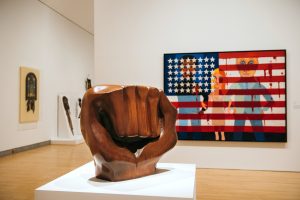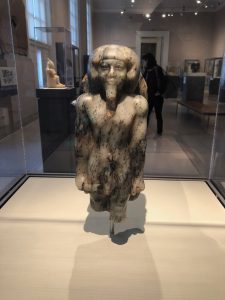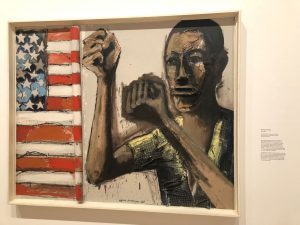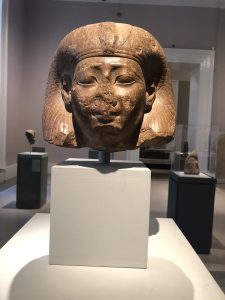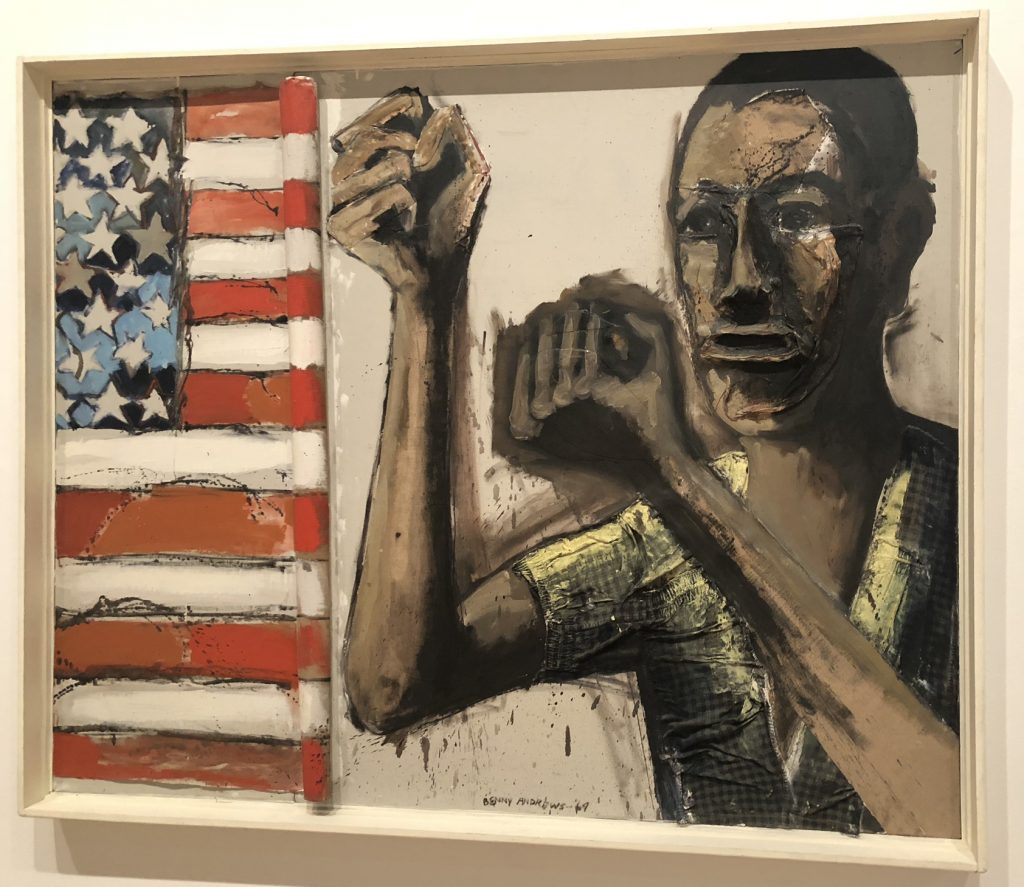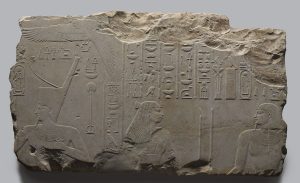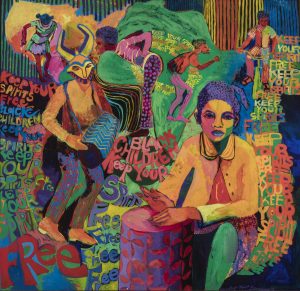Art History 1010
Ilya Panov
PART 1
Brooklyn museum exhibit “Soul of a Nation” was a collection of black artists works from the 1960s to 1980s. Allowing the viewer to see the violence, riots, and hate crimes that black Americans experienced during those times. To me, the “The Soul of a Nation” had two artists that were very contradictory.
On one hand, artist Faith Ringgold had a belief that “artists have the job of documenting their times”. Living her quote, she had created several political posters for groups that advocated “black power”, during the 1960s. One of her most widely spread political posters was the, “United states of Attica”, which has shortly published after a riot had broken out at a prison in upstate. Attica prison cost 40 people their lives. “United states of Attica”, political posters is a map of the United States divided diagonally, into four sections using green and red colors. This style and color relates to the Marcus Garvey’s “Black Nationalist Black Flag”. Alongside, Ringgold added dates of violence, murders, and racial injustice through all of america. Ringgold was able to paint all of the suffer and the racial injustice in the past 200 years.
Contradictory, the work or Roy DeCarava is lot less of “get in your face”and rather a smooth and approachable black and white tones what display casual everyday life. DeCarava, wanted to take away from the main subject and take photo of people at their back or side and display abstract images. In “couples walking”, DeCarava choose to take the photo of the couple from the back took away from the views to choice in subject but rather forced to see the couples romance. “When you see me comin’ raise your window high”is a zoom out view of a typical Brooklyn apartment building, this generalized illustration shows casual everyday community and resilience.

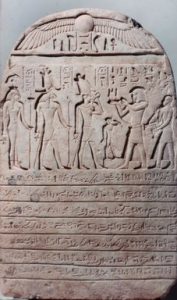


PART 2
Brooklyn museum also offered and amazing experience that brought you back to the Egyptian civilization. Ancient Egyptian art contained a lot of symbolize such as, the lotus flower symbolizing rebirth from the sandstone “Fragment of Inscribed Door Lintel”. This inscription depicts the wife and husband reeving drink and lotus offering from a priest. Other works depicting a gift of land in “Donation Stela”. The main subject is placed in the center of the limestone block and is surrounded by other figures that are facing him. These figures are handing and item up towards the main figure, depicting a gift a land. Ancient Egyptian art had a symbolization and storytelling.


